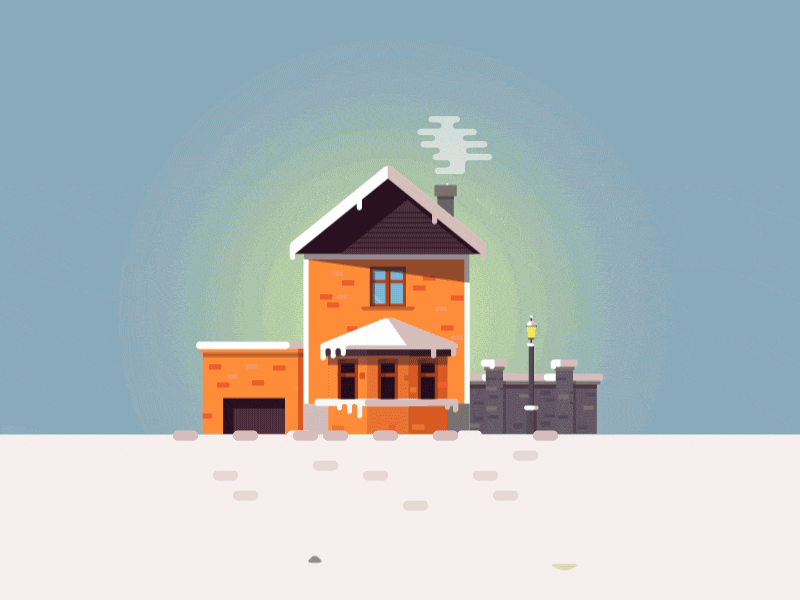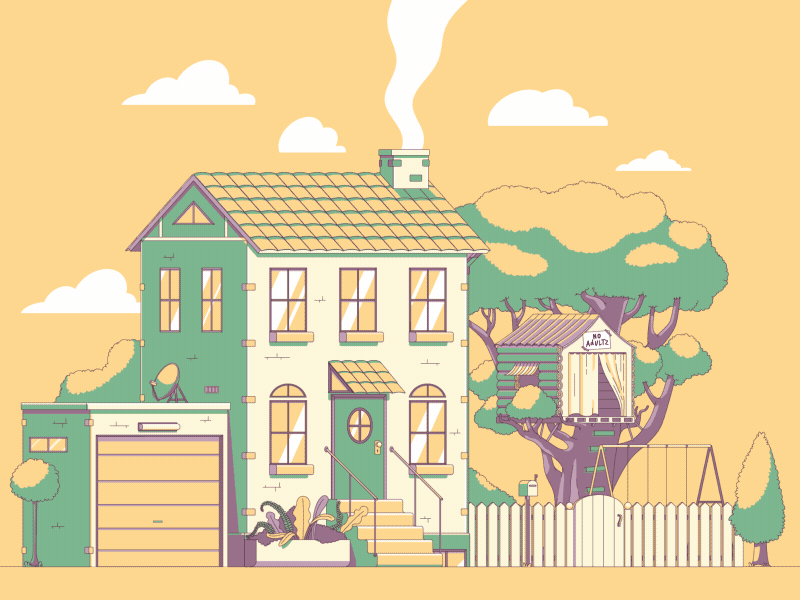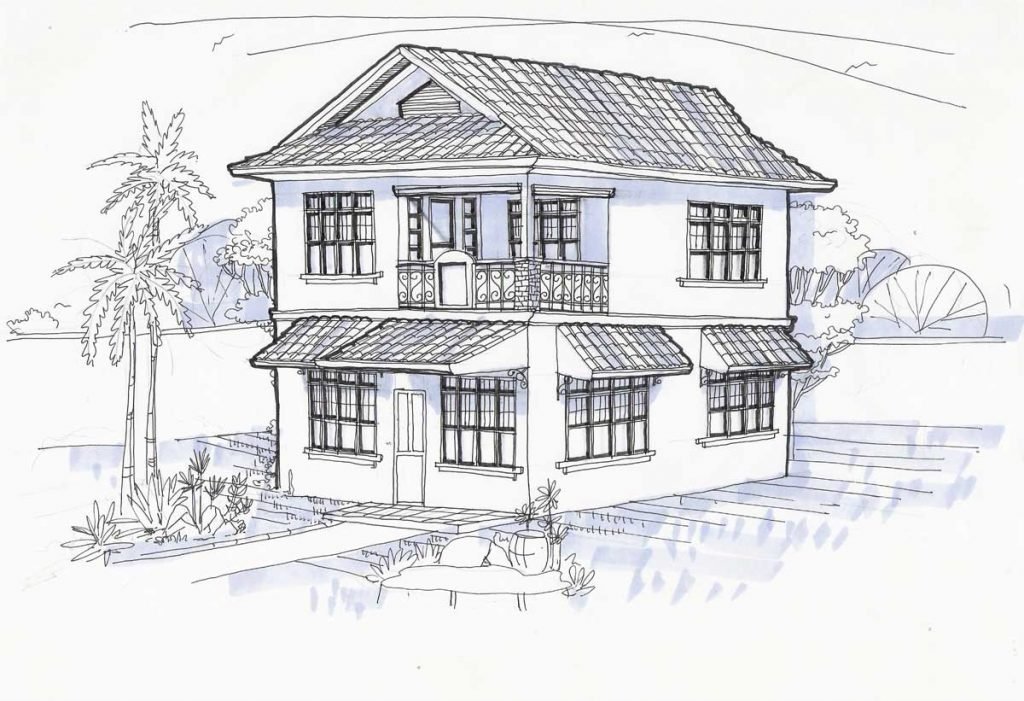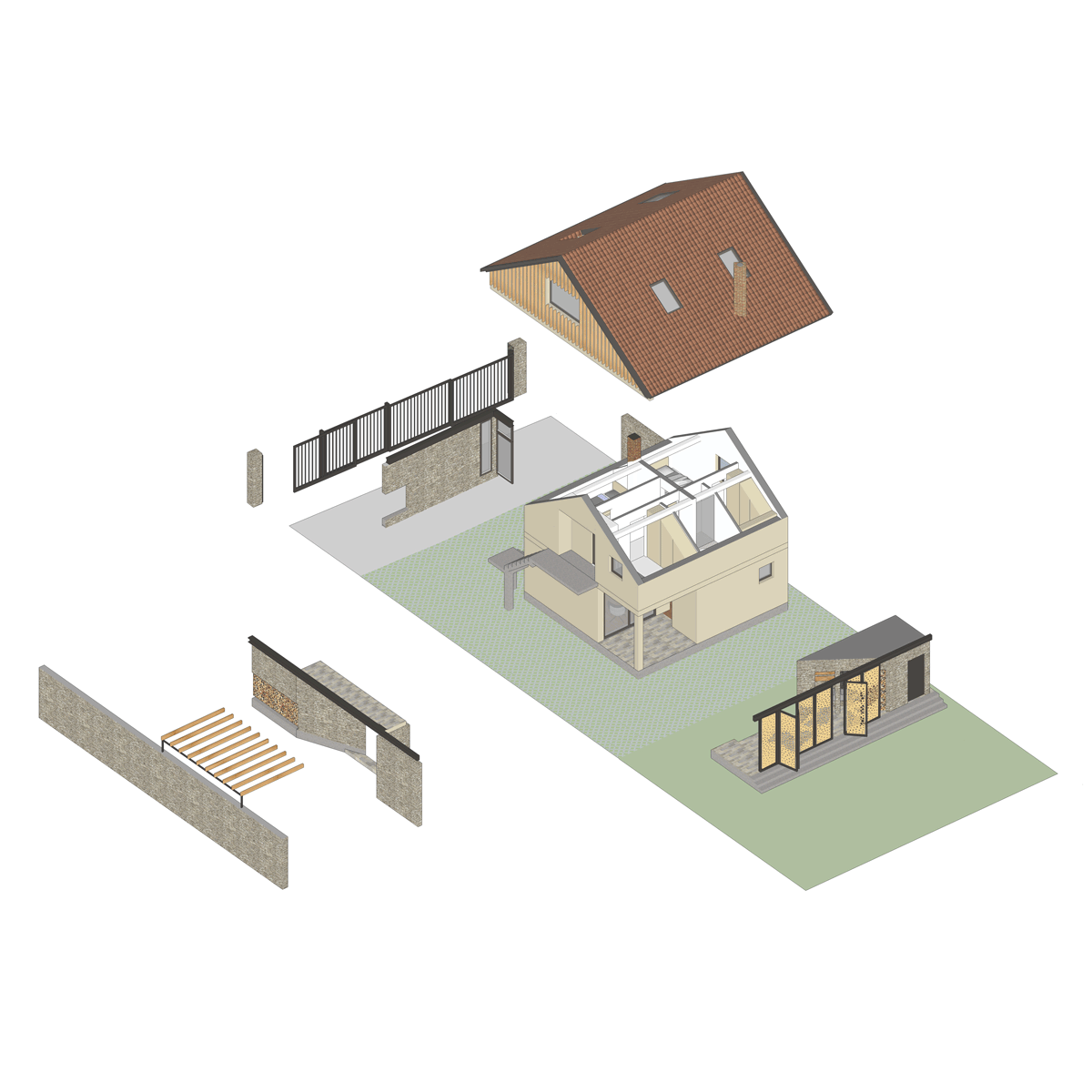Roofs are created to circulate cold air into house forcing the hot air to escape the house. Roofs do much more than just serving the basic purpose of protecting a home and its occupants from sun, wind, rain, snow and other outside elements. For instance, the shape of a roof plays a huge role in defining and characterizing the complete look and elegance of a house. In addition to this, a roof plays a prominent role in making a home more resilient, weatherproof and energy efficient, also it provides some additional living space. The real value of the roof is quite hard to overstate.

The top 7 roof types most suitable and commonly seen in India are:
1. Flat Roof
Much of ancient architecture in India is made using flat roofs. Hence it wouldn’t be wrong to call it one classic roof types. It is one of the simplest types of roof and very commonly seen in our country. This roof types instantly adds additional living space, which no other roofing style does or at least not that easily. This roof type is ideal for creating open spaces for humans to visit, gardening, dining, akin to a patio or deck. The installation process of a flat roof is simple; the standard materials used are Rubber and cement.
2. Parapet Roof
The concept is like Flat roofs. A parapet typically is defined as an extension of the wall at the edge of a roof, terrace, walkway, balcony, or other structure. On modern roofs, parapet can be both a safety feature and a constructional and stylistic feature. A large ratio of flat roofs features a parapet of some height; no wonder parapets often go unnoticed on modern houses as they commonly appear as the line of a flat roof.

3. Gable Roof
The term ‘gable’ typically refers to the triangle shaped spot formed when two pitched areas of the roof come together. This is one of the most popular roof types in India – it’s easy to build, sheds water easily, facilitates ventilation and can be applied to most of the house designs. Gable roofs a classic, in fact, it is one of the most commonly occurring roof shapes in those parts of the world with cold or moderate climates. In India, this kind of roofs is most commonly seen on huts, private bungalows & cottages, villas, and chalets.
4. Box Gable
Box gabled roofs are almost very similar to open Gable roofs, with one minor difference. This type of roof has 2 sloping sides which meet to form a ridge, with a triangular extension on either side that is typically boxed off from the walls. Box gables are popular for areas which have cold weather conditions, as it offers a stable design which deals well with rain and snow.


5. Hip Roof
The ends of the gable roof type have no shade or cover because there are only two roofing surfaces – this probably is one of its biggest disadvantages. The roof type which fixes this issue perfectly is the hip roof, i.e. a roof form which has all sides slope downwards towards the walls. Normally hipped roof has 4 sides, two with triangle shapes and two with trapezoids. These are more stable than gable roof and perform great in high wind areas. Also, owing to the extra eaves on all sides, the hip roof can provide extra shade during the warm summer months keeping the home cooler.
6. Skillion Roof
A skillion roof is also commonly called a ‘shed roof’, these are totally different from flat or gable roofs. These have one single flat surface which is steeper with a more noticeable pitch. These are often installed owing to its easy, fast and cheap installation. Furthermore, this roof type doesn’t suffer from the drainage issues encountered by less steeply pitched roofs and they also provide the opportunity to add natural light by allowing skylight installations – And yes, these are a symbol of sophisticated and modern design.
7. Combination Roof
There is a huge scope when it comes to spotting the perfect roof that suits your need. It is difficult for one single roof type to be ideal for your home. More than that climate or even how your building is situated on the property (sunlight, wind, etc.) plays a huge role in deciding the type of roof. In such circumstances, combination roofs come to rescue. A combination roof integrates a design of two or more roof types on the same structure for aesthetic and practical reasons.

